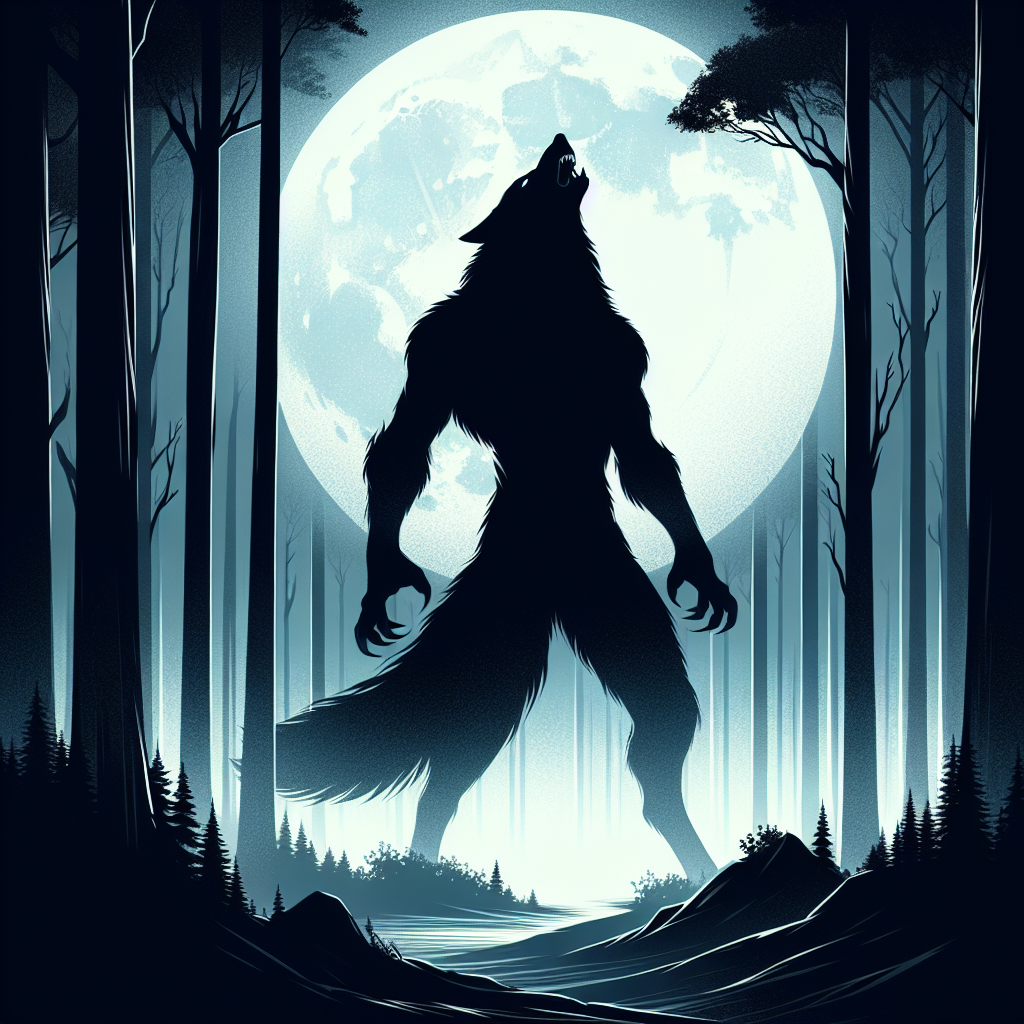The Ultimate Guide to Fan Fiction: Why Millions of Writers Are Transforming Their Favorite Stories
Fan fiction has evolved from a niche hobby shared in underground magazines to a global phenomenon that attracts millions of writers and readers. This creative movement has transformed how we interact with beloved stories, giving fans the power to reimagine, expand, and completely reinvent the narratives that capture their hearts.
What Exactly Is Fan Fiction?
Fan fiction is the art of creating original stories using existing characters, settings, or worlds from established works. Whether drawing from blockbuster movies, bestselling novels, hit TV series, or popular video games, fan fiction writers craft new narratives that explore unexplored relationships, alternative plotlines, or entirely different scenarios within familiar universes.
Think of it as literary remixing—taking the building blocks of stories you love and constructing something uniquely your own. A fan might wonder what would happen if Harry Potter attended a modern American high school, or explore the untold backstory of a minor character from The Lord of the Rings. The possibilities are endless.
The Surprising History of Fan Fiction
Victorian Roots and Early Pioneers
Contrary to popular belief, fan fiction didn't originate with the internet. Its roots stretch back to the late 1800s, when devoted readers began writing their own Sherlock Holmes adventures. These early fan writers were so prolific that their stories sometimes rivaled the popularity of Arthur Conan Doyle's original works.
The movement gained serious momentum in the 1960s with Star Trek fans, who created extensive networks for sharing stories through fanzines—small-circulation magazines produced by fans for fans. These passionate communities gathered at conventions, trading handmade publications filled with original stories, artwork, and commentary.
The Digital Revolution
Everything changed in the 1990s when the internet democratized storytelling. FanFiction.net, launched in 1998, became the first major platform where writers could instantly share their work with global audiences. Suddenly, stories that might have reached dozens of readers through fanzines could connect with thousands.
Today's platforms like Archive of Our Own, Wattpad, and mobile apps have made fan fiction more accessible than ever. Writers can publish instantly, readers can discover new stories with sophisticated search tools, and communities can form around shared interests across continents.
Essential Fan Fiction Vocabulary
Understanding fan fiction requires learning its unique language. Here are the key terms every aspiring fan fiction writer should know:
Relationship and Character Terms
- OTP (One True Pairing): A fan's ultimate romantic couple—the pairing they believe is destined to be together
- OC (Original Character): A completely new character created by the fan writer and inserted into the existing universe
- Ship/Shipping: Supporting or writing about romantic relationships between characters, whether canon or imagined
Story Classification Terms
- Canon: Official events and details from the original work
- Headcanon: Personal theories or beliefs about characters and events not explicitly stated in the source material
- AU (Alternate Universe): Stories that transplant familiar characters into completely different settings or circumstances
Genre and Style Terms
- Fluff: Light, feel-good stories focusing on sweet, low-conflict moments
- Angst: Emotionally intense stories exploring pain, conflict, and deep feelings
- Drabble: Ultra-short fiction, typically around 100 words
- PWP (Plot? What Plot?): Stories that prioritize character relationships over traditional plot structure
Popular Types of Fan Fiction
Canon-Compliant Stories
These narratives stay faithful to the original work's timeline and rules. Writers might explore gaps in the story, develop minor characters, or show familiar events from different perspectives—all while maintaining consistency with the source material.
Alternate Universe (AU) Adventures
AU fiction unleashes creative possibilities by transplanting beloved characters into entirely new settings. Picture your favorite fantasy heroes navigating modern corporate life, or historical figures dealing with contemporary social media drama.
Crossover Chaos
Crossover stories blend multiple fandoms, creating scenarios where characters from different universes interact. These stories often produce surprising chemistry and unexpected plot developments that would be impossible in traditional publishing.
Fix-It Fiction
When fans disagree with creative decisions in the original work, fix-it fics offer alternative resolutions. These stories might save a beloved character from an untimely death, provide better relationship development, or resolve plot threads that felt incomplete.
Shipping Stories
Romance-focused fan fiction explores relationships between characters—sometimes expanding on canon couples, other times creating entirely new pairings. These stories often delve deeper into emotional development than the original work had time to explore.
Self-Insert and Original Character Stories
These personal narratives allow writers to imagine themselves or their original characters interacting with established fictional worlds. While sometimes dismissed by critics, these stories often serve as valuable training grounds for developing writers.
Why Fan Fiction Matters for Writers
Risk-Free Creative Experimentation
Fan fiction provides a unique learning environment where writers can experiment with different genres, narrative techniques, and writing styles without the pressure of creating entirely original worlds. The familiar foundation allows writers to focus on developing their craft.
Instant Community and Feedback
Unlike traditional writing, fan fiction offers immediate access to engaged readers who share your passion for the source material. This built-in audience provides valuable feedback, encouragement, and motivation to continue improving.
Skill Development Through Practice
Many professional authors credit fan fiction with teaching them essential writing skills. The practice of working within established parameters while creating original content develops crucial abilities like character voice consistency, plot pacing, and genre conventions.
Gateway to Professional Writing
Numerous bestselling authors began their careers writing fan fiction, including E.L. James, Cassandra Clare, and Rainbow Rowell. The skills, confidence, and audience-building experience gained through fan fiction often translate directly to professional success.
The Modern Fan Fiction Renaissance
Today's fan fiction landscape is more diverse and sophisticated than ever before. Advanced tagging systems help readers find exactly what they're seeking, while writers can build substantial followings and receive detailed feedback on their work.
Mobile apps and user-friendly platforms have lowered barriers to entry, welcoming writers from all backgrounds and experience levels. This democratization has led to more diverse voices and perspectives in fan fiction, enriching the entire community.
Whether you're a seasoned writer looking to experiment with new styles or a complete beginner eager to try storytelling, fan fiction offers an unparalleled opportunity to develop your craft while connecting with passionate communities of readers and fellow writers. In a world where traditional publishing can feel intimidating and exclusive, fan fiction remains a space where creativity thrives and everyone's voice can find an audience.
💝 Ready to Explore More Romance?
If you enjoyed this article about romance writing, discover thousands of captivating love stories on our platform.
Download App













